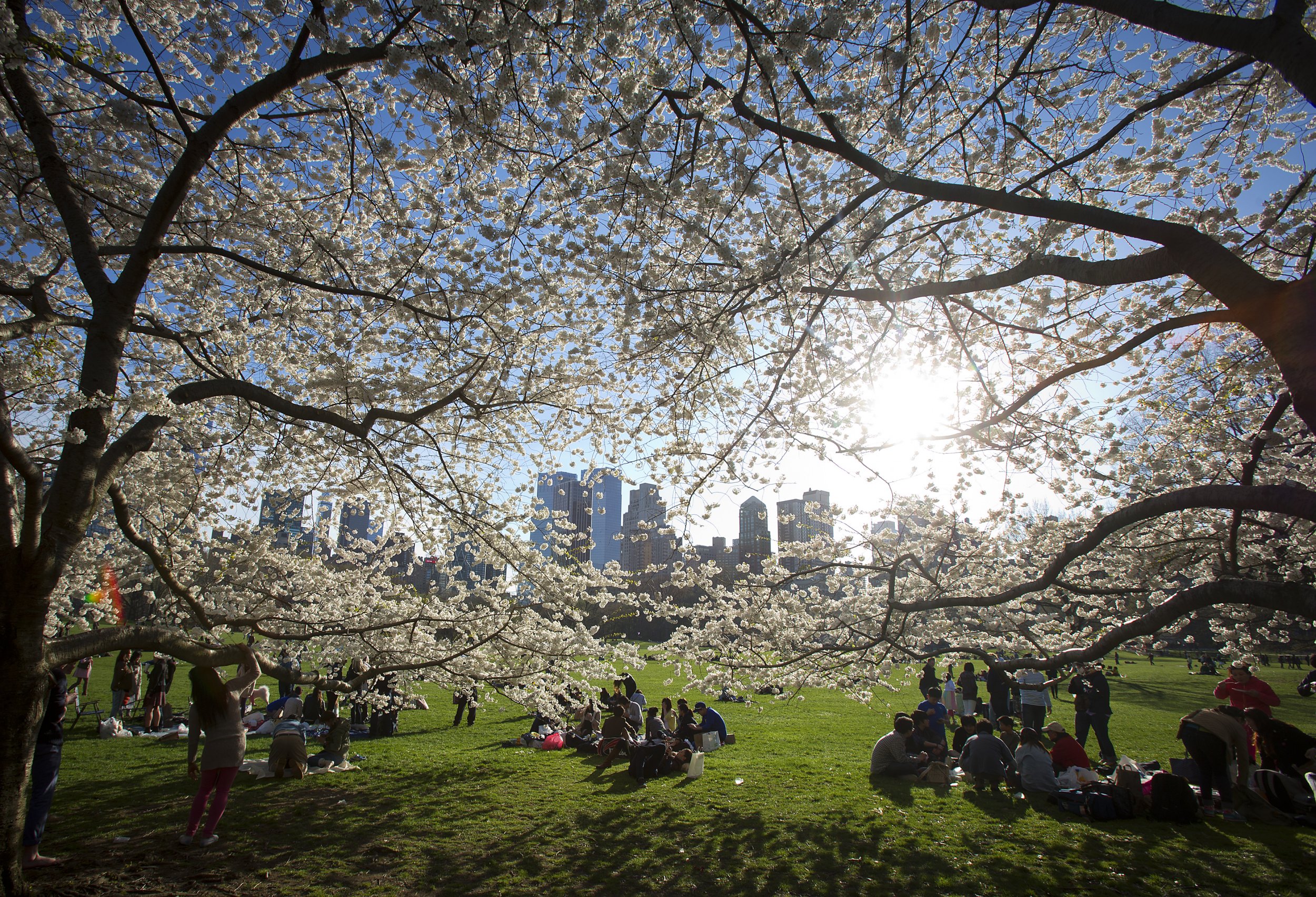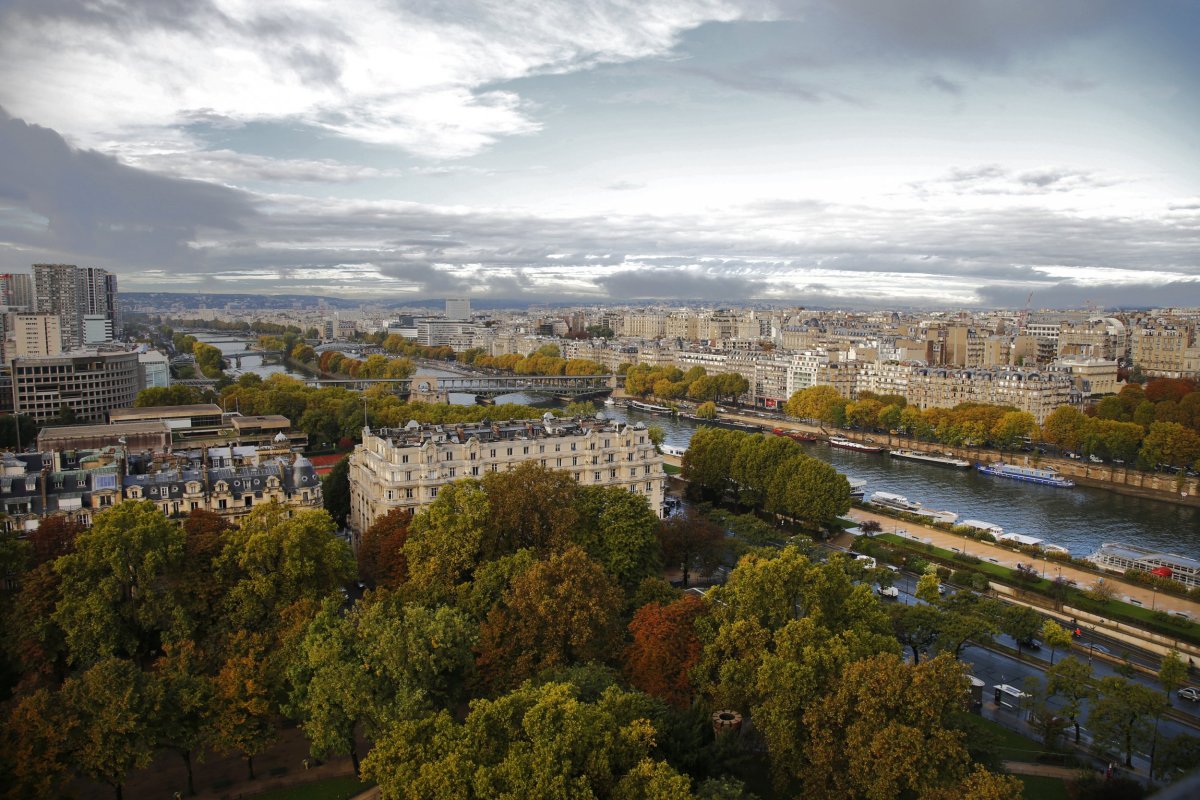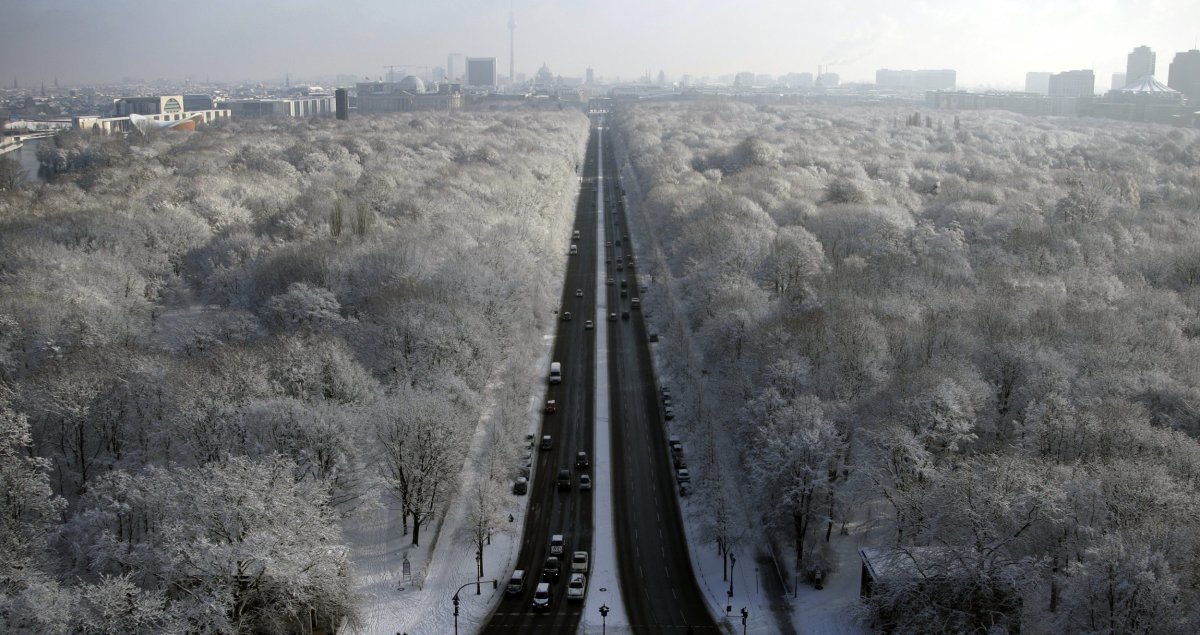
Urban trees are growing faster than their counterparts in rural areas—a whopping 25 percent faster, according to a study published Monday.
In an analysis of nearly 1,400 urban trees from Berlin and Munich, Germany, Cape Town, South Africa, Santiago, Chile, Hanoi, Vietnam, and other cities, researchers found that trees in metropolitan areas have been growing at faster rates than in rural areas since the 1960s. The researchers tracked mostly mature trees, with an emphasis on typical and predominant tree species for each city, and examined their growth in city centers and rural areas outside the city.
"We can show that urban trees of the same age are larger on average than rural trees because urban trees grow faster," lead author Hans Pretzsch, the chair of Forest Growth and Yield Science at the Technical University of Munich in Germany, said in a statement. As trees age, however, the size difference decreases, according to the study published in Scientific Reports.

The heat island effect is to blame for the growth acceleration, according to researchers. The heat island effect, which is the way urban areas experience higher temperatures as a result of human activity, can stimulate photosynthetic activity and extend the time of the year during which trees grow. Though the idea of larger trees may suggest a positive effect, the more quickly trees age, the sooner they die. Cities will have to replace these trees sooner, according to Pretzsch.
In another recent study from the University of Melbourne, scientists uncovered just how much this phenomenon affects urban trees in Australian cities in particular. Over half of Australia's urban public trees are at risk—24 percent at a high risk and 29 percent at some risk—in a future scenario without limiting emissions. The trees at high risk could be unsuitable in anticipated 2070 temperatures, and further, they would become vulnerable to diseases.
"Australian cities contain tens of millions, if not hundreds of millions, of trees that provide important functions such as cooling and slowing stormwater runoff, and providing habitats for birds and animals," Dave Kendal, lead author of the study and project leader with the Clean Air and Urban Landscapes Hub, based in the Faculty of Science at the University of Melbourne said in a statement. "But there is growing recognition that increasing temperatures, due to urban heat and climate change, are a threat to some tree species in our cities."
The study was released as part of the Clean Air and Urban Landscapes Hub to address the risks to Australia's urban forest. Researchers analyzed 1.9 million trees in 29 municipalities in Australia, including 1,392 different species. The variation between cities was high, with more than 80 percent of trees at risk in some areas. Urban forest managers will have to take into consideration the risks trees face as cities adapt to global rising temperatures.
"For important trees," co-author Lyndal Plant said in a statement, "a strategy of resistance can be used to improve the environmental conditions and prolong useful life, for example, by providing irrigation or improved pest and disease management. [Urban forest] managers can also respond to change by selecting trees that are better adapted to future climate."

How well cities' trees are faring is relevant for how humans adapt to climate change—especially since over half the global population lives in urban centers, according to a 2014 report from the United Nations. That number is expected to surge to two-thirds by 2050.
Trees have benefits ranging from increased urban biodiversity to soaking of carbon dioxide and mitigating climate change, according to the Food and Agriculture Organization of the U.N. Planting trees strategically in cities could cool the air between 2 and 8 degrees Celsius to reduce the urban heat island affect, which is expected to exacerbate health issues caused as a result of deadly future heat waves in urban areas. Urban trees can also be filters for pollutants, help prevent floods and are often associated with better physical and mental health.
Uncommon Knowledge
Newsweek is committed to challenging conventional wisdom and finding connections in the search for common ground.
Newsweek is committed to challenging conventional wisdom and finding connections in the search for common ground.
About the writer
Sydney Pereira is a science writer, focusing on the environment and climate. You can reach her at s.pereira@newsweekgroup.com.
To read how Newsweek uses AI as a newsroom tool, Click here.








